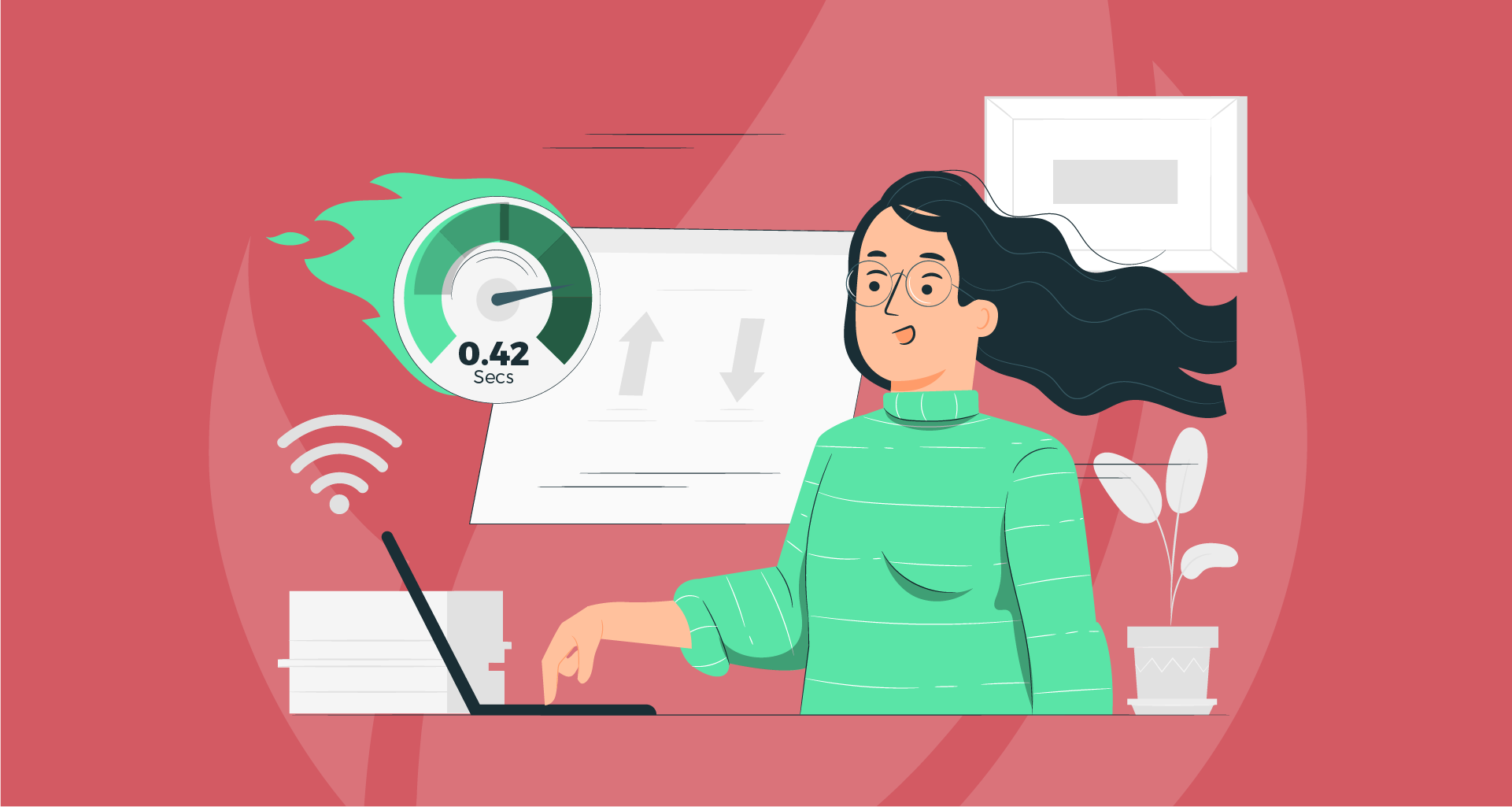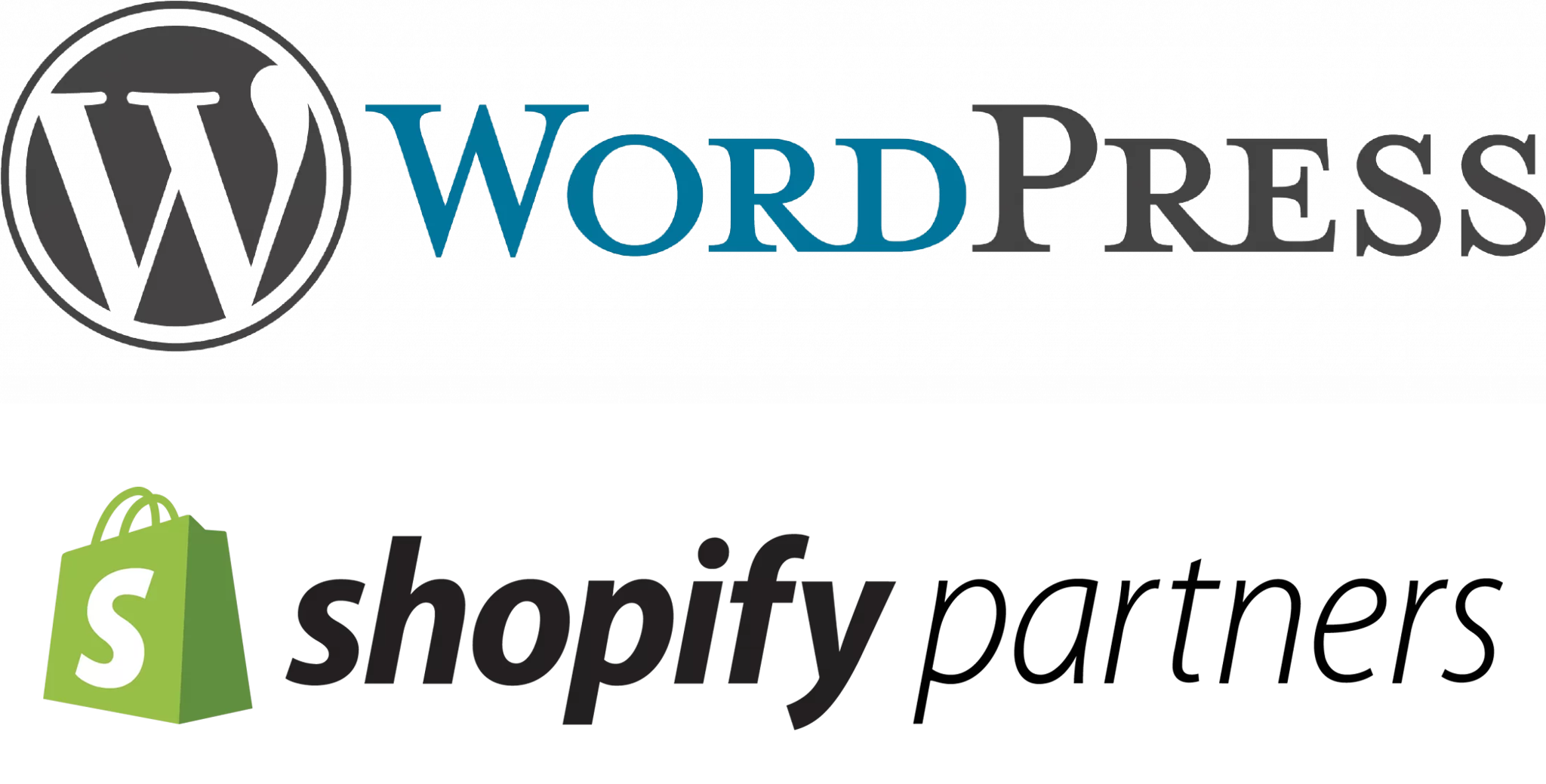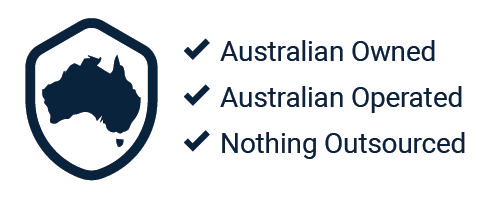If you’ve ever visited a slow-loading website, you know how frustrating it can be. It doesn’t take long before you hit the back button and look for a faster option. The same thing happens to your website visitors if your site isn’t performing at optimal speed. And as a business owner or administrator, this can mean lost opportunities, potential customers going elsewhere, and lower search engine rankings.
In this blog post, we’ll break down why website speed matters and how you can improve it, even if you’re not a web developer or UX/UI expert.
Why Loading Speed Matters
Before we dive into how to improve your site’s speed, it’s important to understand why it matters. A fast-loading website enhances user experience, and that leads to:
- Better User Retention: Studies show that most users expect a website to load within 2-3 seconds. If it doesn’t, they’re likely to leave.
- Improved Conversion Rates: A faster site means more visitors stay and take action—whether that’s making a purchase, filling out a form, or exploring your services.
- Higher Search Engine Rankings: Google uses page speed as a ranking factor. Faster sites tend to rank higher, meaning more visibility for your business.
Now that we know why it’s crucial, let’s look at how to speed things up.
1. Optimise Your Images
Large, uncompressed images are one of the biggest culprits behind slow websites. While high-quality visuals are important for engaging users, oversized image files can severely slow down loading times.
What you can do:
- Compress your images: Use online tools like TinyPNG or JPEG-Optimizer to reduce file sizes without sacrificing quality.
- Use the correct file formats: JPEG is generally best for photos, while PNG is better for images that require transparency. WebP is a newer format that provides better compression rates.
- Resize images to the exact dimensions you need: If your website only requires a 500-pixel-wide image, there’s no need to upload one that’s 2,000 pixels wide.
2. Use a Content Delivery Network (CDN)
A CDN is a network of servers located around the world that store copies of your website’s files. When someone visits your site, the server closest to them delivers the content, resulting in faster loading times.
What you can do:
- Set up a CDN: Services like Cloudflare or Amazon CloudFront offer affordable CDN solutions that can drastically improve your website speed by reducing the distance between your server and your visitors.
3. Minimise HTTP Requests
Every time a browser loads a page on your website, it has to make a series of HTTP requests for elements like images, scripts, and stylesheets. The more requests, the longer it takes to load the page.
What you can do:
- Combine CSS and JavaScript files: If possible, consolidate multiple CSS and JavaScript files into one file each. This reduces the number of requests the browser has to make.
- Minimise the use of third-party plugins: Some plugins (such as social media widgets or tracking codes) add extra HTTP requests, slowing down your site. Only use essential ones.
4. Enable Browser Caching
Browser caching allows web browsers to store copies of your website’s files locally on a user’s device. The next time the user visits your site, the browser can load files from the cache rather than downloading them again. This can significantly reduce load times for repeat visitors.
What you can do:
- Set up caching: If your website is built on a platform like WordPress, you can use caching plugins like W3 Total Cache or WP Rocket to enable browser caching.
5. Minify CSS, JavaScript, and HTML
Minifying involves removing unnecessary characters (like spaces, comments, and line breaks) from your site’s code. This makes the files smaller and faster to load.
What you can do:
- Use online tools or plugins: There are tools like MinifyCode and plugins for platforms like WordPress that automatically minify your code for you. It’s a simple way to reduce file size and speed up your website.
6. Choose a Reliable Web Hosting Provider
Your web hosting provider plays a huge role in your website’s speed. If you’re on a cheap, shared hosting plan, your website is sharing server resources with many other sites, which can slow down performance.
What you can do:
- Upgrade your hosting: Consider moving to a Virtual Private Server (VPS) or dedicated hosting plan. These options offer more resources and faster load times than shared hosting.
- Choose a host with solid performance: Look for hosting providers known for speed and reliability. Some popular options include SiteGround, Bluehost, and WP Engine.
7. Use Lazy Loading for Images and Videos
Lazy loading is a technique that delays the loading of images and videos until the user scrolls down to view them. This reduces the initial page load time, especially if your site has lots of media.
What you can do:
- Enable lazy loading: Most modern websites, especially WordPress sites, can enable lazy loading through plugins like Lazy Load by WP Rocket or Smush.
8. Monitor Your Website’s Performance
Finally, it’s important to regularly monitor your website’s performance. There are several tools available that can help you identify speed bottlenecks and suggest areas for improvement.
What you can do:
- Use Google PageSpeed Insights or GTmetrix: These free tools provide a detailed breakdown of your website’s speed and actionable tips on how to improve it.
Final Thoughts
Improving your website’s loading speed is one of the best things you can do for your business. A faster website means happier visitors, better search rankings, and more conversions. Even if you’re not a web development expert, the steps above are straightforward enough to implement and will make a big difference in your site’s performance.
If you’re struggling with improving your website speed or need expert help, the team at Ignite Search is here to assist. We can analyse your site and make the necessary improvements to ensure your users get the best possible experience.







